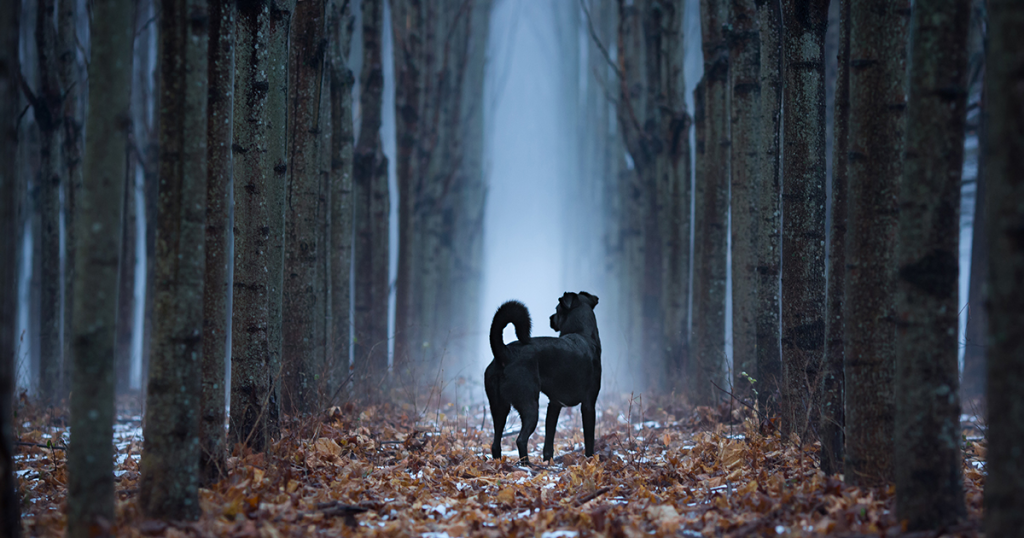
Spooky season is in full swing, meaning there may be some heightened paranormal activity afoot. In fact, a survey conducted by YouGov revealed that two in five Americans believe ghosts are real, while one in five people say they’ve actually encountered one.
The existence of ghosts may be up for debate, but one of the most persistent beliefs is that our animals can sense spirits or paranormal activity. We’ve all witnessed the scene in scary movies or TV shows, when the tiny dog barks at the door but no one is there. Sure, the movie may be fake, but many pet owners have noticed their dog or cat do the same in real life.
Of course, there’s only one thought that enters a pet owner’s mind when this occurs – that their animal is obviously interacting with a ghost. To set the record straight, we spoke with two animal communicators – aka, pet psychics – to learn whether our animals are really channeling the other side.
Why do we believe our pets can see ghosts in the first place? According to Phoebe Hoffman, an animal communicator and intuitive guide based in New York City, it has a lot to do with their heightened senses.
“Pets are living off of energy, whether it’s our energy or energy that we are not privy to, because we’re so limited in our senses compared to them,” Hoffman tells us. “Now, can I say that what they’re seeing is ghosts? I don’t know that because I’ve never seen a ghost. I’m not seeing what they’re seeing, but I’ve had many experiences with my own animals – which happen to be cats – where they are having an absolute moment with something that’s there that only they can witness.”

It goes without saying that animals have senses that are unknown to humans. When it comes to our beloved canines, dogs have the ability to hear much higher-pitched noises than their owners. The average adult human can’t hear sounds above 20,000 Hertz (Hz), while dogs can hear sounds as high as 47,000 to 65,000 Hz, per the American Kennel Club.
Meanwhile, cats are known to have great eyesight, especially in the dark. According to Texas A&M University, felines can dilate their pupils in low-light settings and they have a special reflective layer called the tapetum lucidum, which can reflect more light to the back of the eye.
“Non-human animals sense things in different ways than humans do. Cats, for instance, the way they see things is different from the way humans see things. Their eyesight is different, they can definitely perceive energies that we can’t or things that aren’t visible to the human eye,” Olivia LaBarre, an animal communicator and Reiki specialist based in NYC, tells us. “Most of the animals I communicate with have increased senses beyond the five senses.”

But what about those undeniable moments when our dog or cat appears to be reacting – or interacting – with something we can’t see? When they begin to bark or meow at nothing visible, stand in the corner, play with an object that belonged to a deceased family member, or assume behaviours that are characteristic of a former pet? For LaBarre – who’s been an animal communicator and grief worker for five years – her clients have noticed that, after one of their pets dies, their living animal will even start taking on some of the behaviours of the animal who passed.
When these moments occur, it’s important to look out for certain signs or signals that your dog or cat’s behaviour has suddenly shifted. This can look like playing with something that isn’t there, tilting their head, arching their back, or wagging their tail.
As for what pet owners should do when they believe their beloved animal is interacting with a ghost, experts agree to just sit back and let it happen. “Allow it, observe it, and just pay attention because it might be about you. Humans are very unaware of the mysteries of the universe. Animals, they’re tapped in. They are aware that energy doesn’t die,” says Hoffman. “Just let it happen. It’s not a bad thing.”
However, there could be the slight off chance that a poltergeist from the next Paranormal Activity instalment just so happens to be living in your kitchen. Then, of course, it’s time to call in the experts… or an exorcist.
Our pets’ heightened senses – and sometimes their silly, quirky, and erratic behaviour – has played into the belief that dogs and cats can see ghosts. Still, there’s much uncertainty about whether this long-standing superstition is actually true.
“We are so limited in our ability to see what the naked eye cannot see. Animals have this window into watching spirits and energy,” says Hoffman. “But as far as a ghost? That I don’t know, but I know they’re seeing something.”
Although it continues to be a mystery whether our pets’ senses are able to pick up on energies or spirits, pay close attention to your dog or cat this spooky season. Who knows what life forms will be lurking this Halloween?
Police smash car window to save dog from 115F heat

Police were forced to smash a car window to rescue a dog from scorching 115F (46C) temperatures in Sarasota, Florida.
Officers were called to a car park on University Parkway on Tuesday following reports of a dog locked inside a car.
A dog, appearing faint, was found inside with no trace of its owner. According to police, the temperature inside was 115F (46C).
Matthew Grochowski, an officer for the Sarasota Police Department, was filmed smashing the window of the car in body camera footage of the incident, shared to Facebook on Friday.
“It’s panting and and drooling all over the place”, the officer says in the footage.
“Oh my god he’s starting to go down, that’s not good,” another officer, from the Sarasota County Sheriff’s Office Animal Services, adds.
With the backing of Sgt Louis Buck, the officer was filmed striking a back window of the car, and smashed it on the third try, with glass falling to the floor.
“It’s OK buddy,” the officer tells the dog, which appeared to be a form of pit bull. “Come on, good boy.”
The dog was taken from the back of the car, and into an awaiting kennel by Sarasota animal services.
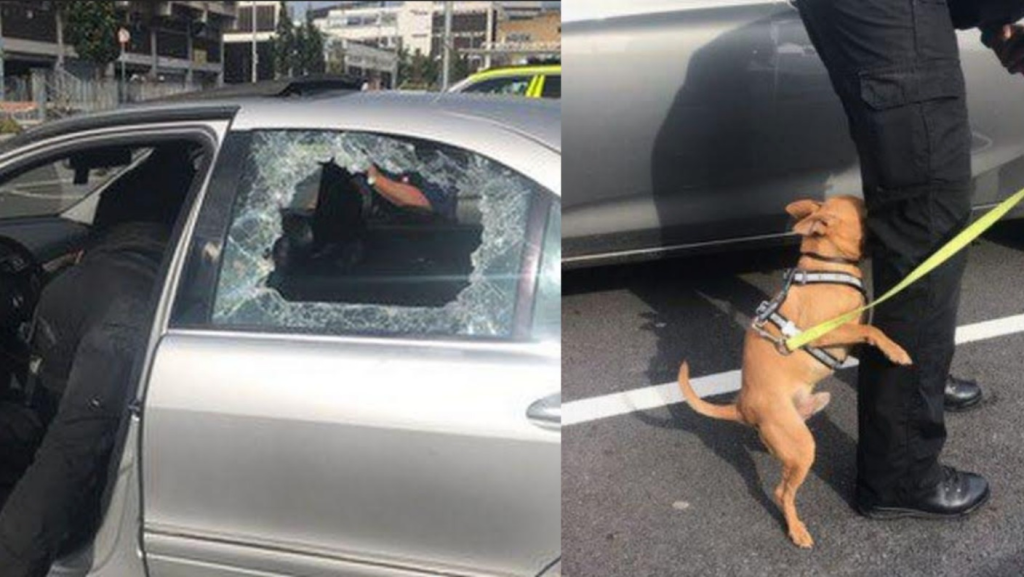
Following the incident, the Sarasota Police Department issued a warning for dog owners not to lock animals inside cars.
“Please don’t leave pets in hot cars,” said the post, “[and] always remember to look before you lock for pets, children and elderly loved ones.”
The owner of the dog was issued with two citations by Animal Services, who returned the dog.
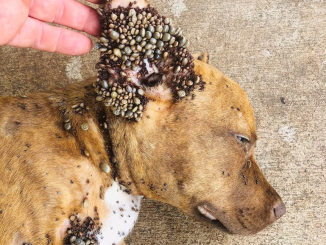
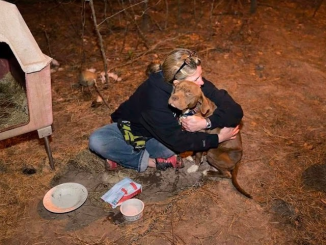
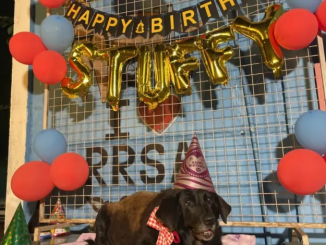
Leave a Reply